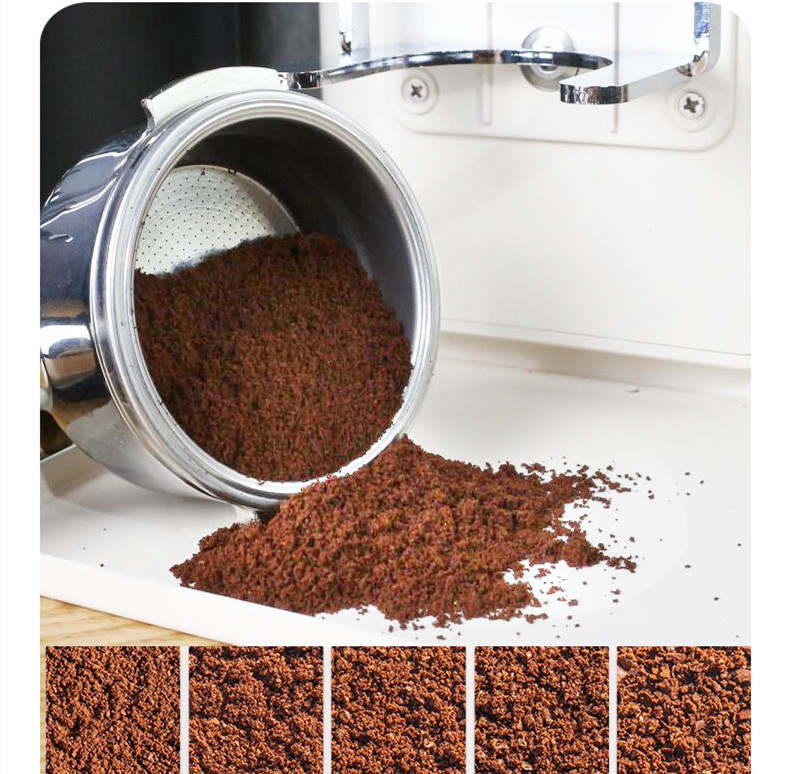Coffee Roaster Basics: A Practical Guide for Beginners
Roasting coffee transforms green beans into aromatic, flavorful drinks, but mastering the process requires understanding equipment mechanics and roasting principles. This guide covers foundational knowledge for newcomers, focusing on technique rather than specific models.
Understanding Coffee Roasting Stages
Drying Phase: Setting the Foundation
The initial 3–5 minutes of roasting focus on evaporating moisture from green beans. During this stage, maintain low to moderate heat (300–330°F) to prevent scorching. Beans change from pale green to yellow, and a grassy aroma emerges. Use a thermometer to monitor drum temperature, adjusting airflow to ensure even drying. Inconsistent drying leads to uneven roasts later.
Maillard Reaction: Developing Flavor
As beans lose moisture, they enter the Maillard stage (330–390°F), where sugars and amino acids react to form complex flavors. This phase lasts 6–8 minutes and produces notes of caramel, nuts, or chocolate. Listen for subtle cracking sounds—early cracks indicate the start of flavor development. Reduce heat slightly during this stage to avoid burning delicate compounds.
Development Phase: Finalizing the Roast
The last 2–3 minutes determine the roast’s intensity. For light roasts, stop heating after the first crack ends. Medium roasts extend to the midpoint of the second crack, while dark roasts continue until the second crack peaks. Monitor bean color closely: light roasts retain brown hues, medium roasts show oil spots, and dark roasts appear shiny and nearly black.
Key Components of a Coffee Roaster
Heating System: Gas vs. Electric
Gas roasters use open flames for direct heat, offering precise temperature control but requiring ventilation. Electric models rely on heating elements, which are easier to install but may lag in temperature adjustments. Both systems need preheating (10–20 minutes) to stabilize. Beginners should start with lower heat settings to avoid over-roasting.
Drum Design and Material
The drum’s shape and material impact heat distribution. Cast-iron drums retain heat well but require longer warm-up times. Stainless steel drums heat faster but may cause hot spots if not agitated properly. Look for drums with internal fins or baffles to ensure beans tumble evenly. Avoid overfilling—leave 20% empty space for proper movement.
Airflow Control Mechanisms
Airflow regulates heat transfer and chaff removal. Most roasters feature adjustable vents or fans. During drying, increase airflow to eliminate moisture. Reduce it during the Maillard stage to retain heat. After roasting, maximize airflow to cool beans rapidly. Clogged vents lead to smoky flavors, so clean them daily with a brush or compressed air.
Common Mistakes to Avoid
Ignoring Batch Consistency
Varying batch sizes disrupt roast profiles. Green beans lose 12–15% of their weight during roasting, so measure batches by volume and weight. A 500g green batch typically yields 425g roasted beans. Deviating from recommended capacities causes uneven exposure to heat, resulting in some beans under-roasted and others burnt.
Neglecting Cooling Protocols
Beans continue roasting after heat exposure unless cooled immediately. Turn off the heater and activate the cooling fan as soon as the roast ends. For manual cooling, spread beans on a perforated tray and stir every 30 seconds. Delays longer than 5 minutes risk over-development, muting acidity and amplifying bitterness.
Overlooking Chaff Management
Chaff—the silverskin that detaches during roasting—can ignite if not removed. Use a chaff collector or sieve to separate debris after cooling. In drum roasters, ensure the exhaust system is clear. Accumulated chaff in ducts reduces airflow by up to 40%, leading to inconsistent roasts and potential fire hazards.
Practical Tips for First-Time Roasters
Start with Small Batches
Begin with 200–300g of green beans to master heat control without wasting material. Smaller batches cool faster and reveal flaws in technique. Use a notebook to record temperature settings, timing, and sensory notes for each roast.
Use Your Senses
Visual cues matter: beans expand to twice their size and change color progressively. Aromas evolve from grassy to toasty, then sweet or smoky. Listen for cracks—the first crack is softer and faster, while the second crack sounds like snapping twigs. Taste samples during cooling to adjust future roasts.
Prioritize Safety
Wear heat-resistant gloves when handling hot components. Keep a fire extinguisher rated for grease fires nearby. Avoid loose clothing or jewelry that could catch in moving parts. Roast in a well-ventilated area to prevent inhalation of chaff or smoke.
By focusing on these fundamentals, beginners can develop a systematic approach to roasting. Consistency comes from understanding how heat, airflow, and timing interact, allowing gradual refinement of techniques over multiple batches.


